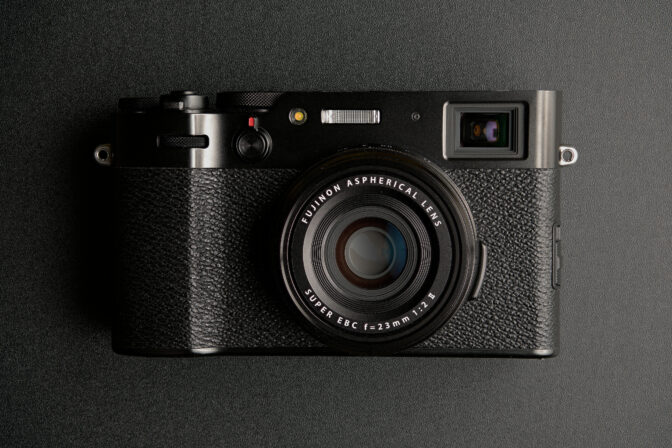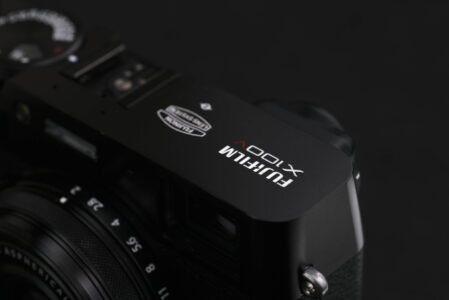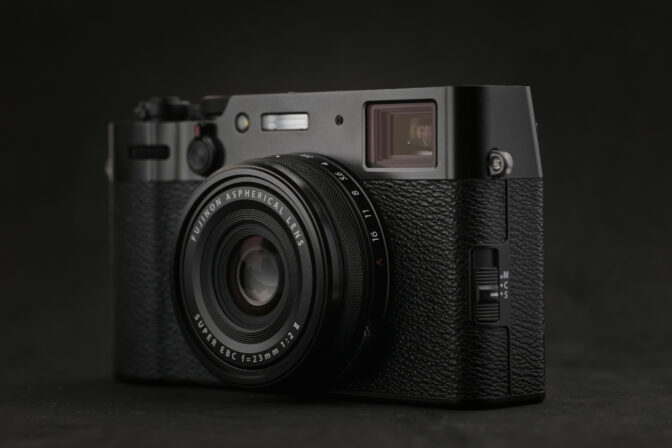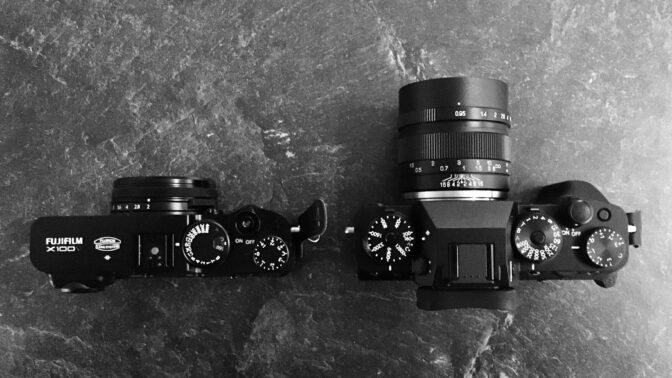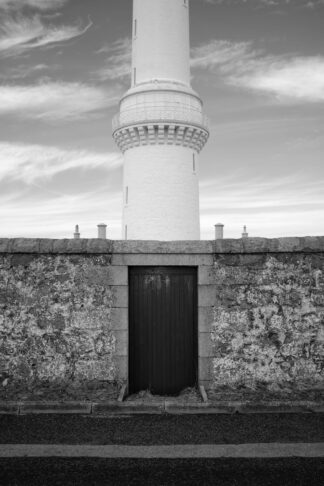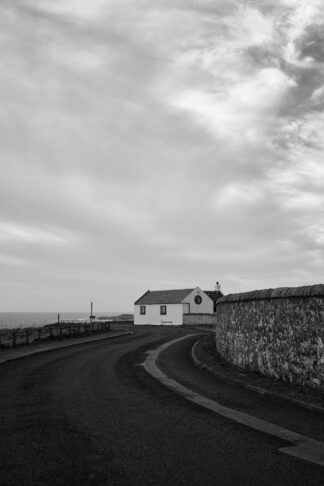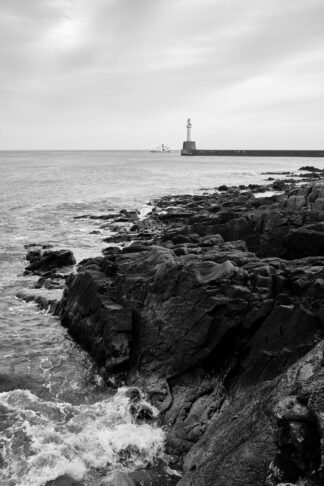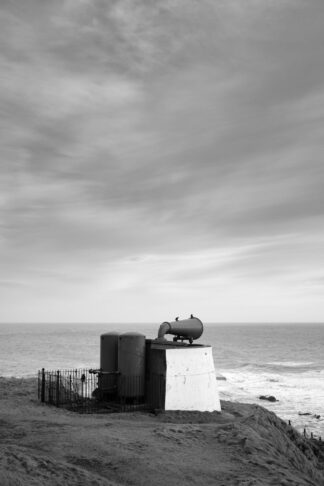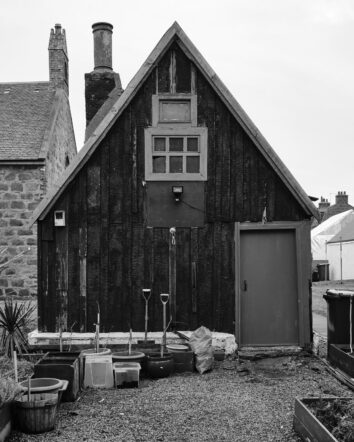X100V field test
I borrowed an X100V for the weekend to test the new lens and to see how it compares to my everyday camera – the X-T4.
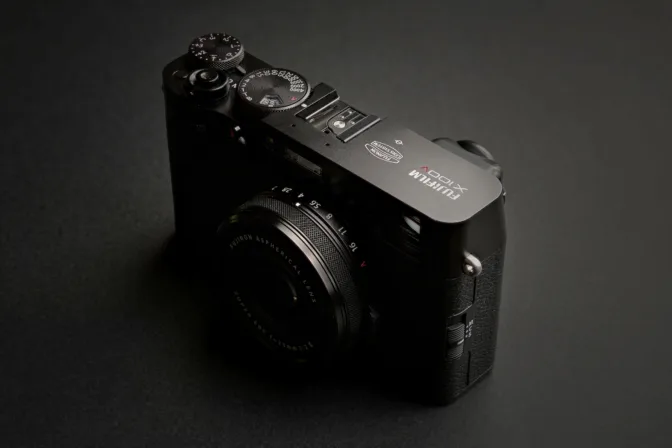
Intro
The X100V’s simplicity is either its greatest strength or its greatest weakness depending on the context it’s used in. When trying to use it like the X-T4, its limitations quickly become obvious. But for documenting day-to-day life in an enjoyable and discrete way, the X100V is getting close to perfect.
Hands on #
The camera feels both solid and light. Dials are confidently stiff and buttons have a good amount of feedback. If you’ve used another X-Series camera – this is familiar.
Coming from the X-T4 the lack of customisable buttons (mostly the D-pad) was a noticeable omission. But it soon became apparent that attempting to use this camera in the same way as an X-T4 is fighting against the grain. Instead, I found myself relying on the camera more, not tweaking as many settings on a regular basis as I normally would. The X100V encourages a different way of working that was liberatingly simple.
After primarily using the near-silent Fujicron’s, the audible lens noise was surprising (reminding me of the first generation of X-Mount lenses XF 18mm, 35mm and 60mm). On the upside, the new lens seemed sharper than the XF 23mm f/2, especially up close.
Size does matter #
When it comes to carrying a camera every day, size matters. The X100 series cameras have always been compact, but over the years of handling mainly X-T and X-H series cameras I’d forgotten just how small they are. Carried with a shoulder strap, or slipped in a jacket pocket, the X100V was almost unnoticeable.
X100V in-body image stabilisation (IBIS) #
I’ve become dependent on IBIS for both video and stills and was surprised at how soon I missed having it on the X100V (even at this focal length). After testing the minimum handheld shutter I ended up staying around 1/60s. With the XF 23mm f/2 and the X-T4 I could reliably shoot at 1/10s. Those two+ stops do make a difference, especially in low-light shooting.
Hand-holding the X100V for video makes the lack of IBIS even more visible. The camera produces great video and it would be handy to be able to grab discrete clips without the need for additional support.
Image samples #
The processor and IQ characteristics are the same as the X-T4, so the primary focus of testing the X100V was size and handling. The updated lens (the previous four generations of the X100 Series all shared the same lens) appears sharp even at closer distances and has good contrast.
Summary #
Having not used an X100 series camera since the original, it was great to get reacquainted with the series. The biggest takeaway from this experience was the size and enjoyment this little camera brings. It lends a convenience and simplicity that removes a lot of the friction a larger camera can cause.
Do one thing well
The X100V can’t do everything and it doesn’t try to. That’s what makes it great at what it does do. It couldn’t be my only camera but I could definitely see it being my everyday camera.
Pros
- Leaf shutter (silent, fast flash sync)
- Built-in ND filter (great for stills and now video)
- Size & weight
- Simplicity and focus
Cons?
- IBIS
- NPW235 Battery
Understandably the features above would probably increase size and weight, and it’s hard to know if the trade-off would be worth it. If Fujifilm continue to miniaturise their IBIS units and end up putting one into an X100 Series…I might not be able to resist.
More Fujifilm articles
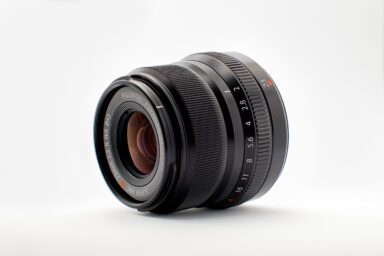
Focus stacking with Fuji cameras
A concise overview of how to use Fujifilm's in-camera focus bracketing feature with example images.…
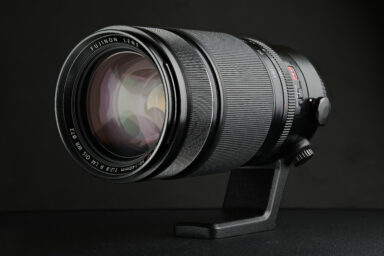
Fuji 50-140mm f2.8 review
The Fuji 50-140mm f/2.8 is a workhorse. It's a rugged and reliable lens that delivers consistent an…
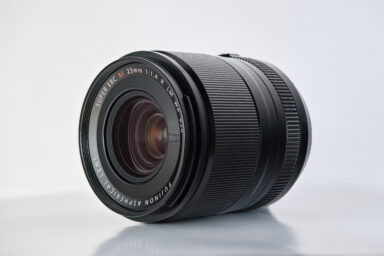
Fuji 23mm f1.4 review
The latest Fuji 23mm is bigger, heavier and more expensive than the other 23mm offerings from Fujif…

Classic Negative film simulation
Testing the new Classic Negative film simulation, comparing it to Classic Chrome and finding a way …
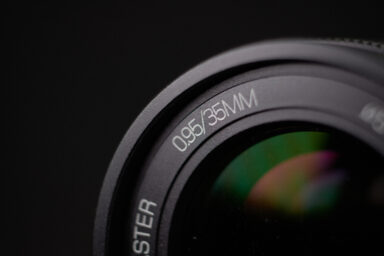
Fuji webcam software for mac and windows
Official Fuji webcam software has been released. See compatible cameras and operating systems, and …
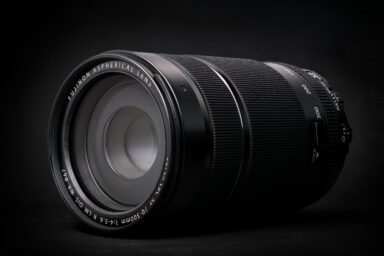
Fuji 70-300 review
The compact size, considerable reach and weather-resistant build of the Fuji 70-300 make it a very …
